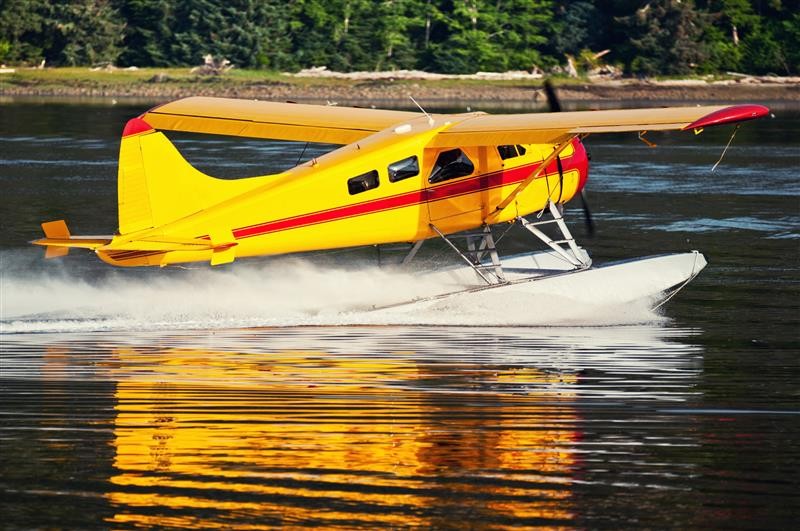RESEARCH: Concordia researchers chart a sunny path for cleaner air taxi travel

A Concordia University research team has unveiled an innovative way to make seaplane air taxis cleaner, quieter, and more sustainable — by tapping into the power of the sun.
Led by Susan Liscouët‑Hanke, a professor in the Department of Mechanical, Industrial and Aerospace Engineering and member of the Concordia Institute of Aerospace Design and Innovation, along with graduate student Mohammad Mir and postdoctoral fellow Musavir Bashir, the team developed a detailed design framework to integrate solar panels into working seaplanes. Unlike earlier concepts limited to experimental aircraft, their concept targets real‑world, short‑haul air taxi operations.
The researchers found that strategically mounted solar panels could generate more than enough electricity to meet secondary power needs during 86% of flights in peak season — with surplus power to spare on sunny days. This could cut fuel use, lower greenhouse‑gas emissions, and even power cabin systems like air‑conditioning while the plane is docked, without burning a drop of fuel.
The study also examined how weather, seasonal daylight and technology choices affect performance, showing that efficiency improvements in solar cells and power electronics could lead to even greater savings. More development (ie, for the solar cell integration into the aircraft structure) and experimental work are required to validate these projections.
This work points to a potential retrofit path for water‑based air taxis, contributing to cleaner skies and quieter harbours.
Published in Aerospace, the research reinforces Concordia’s leadership in sustainable aviation innovation.

